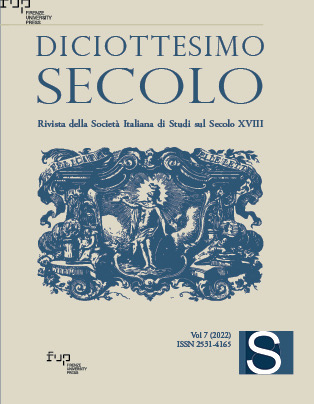Critical Note: Representations of the continents by means of allegorical figures in the early modern period. (Bodies and Maps: Early Modern Personifications of the Continents, edited by Maryanne Cline Horowitz and Louise Arizzoli, Brill, Leiden 2020)
Published 2022-11-18
Keywords
- Continent Allegories,
- Eurocentrism,
- Racism,
- Gender History,
- Modern and Art History
How to Cite
Abstract
In the early modern period, the representation of the continents by means of allegorical figures enjoyed great popularity. The book Bodies and Maps: Early Modern Personifications of the Continents, edited by Maryanne Cline Horowitz and Louise Arizzoli, is very stimulating, richly documented and fundamental with regard to the detailed source-critical examination of concrete individual visualisations of the continents. The focus of the book rather lies with the 16th century, while part 5 focuses on the 18th century. In the 18th century, continent allegories entered into the public sphere and reached broader strata in the society. In this century, Eurocentrism progressed considerably, but did not invent it. The volume’s co-authors pose the question of Eurocentrism as well as that of racism with regard to the late Middle Ages and the 16th century. Because of their widespread use, continent allegories can be counted among the most important primary sources from which we can draw conclusions about how extra-European cultures could be represented, interpreted and viewed from a European perspective. They represent much more than just an art-historical source, they are, especially when one thinks of their accessibility in public spaces for everyone, actually a historical source of the first rank, behind which not least travelogues and theoretical concepts such as the history of civilisation as a universal history compete with the Christian history of salvation in the Bible.


